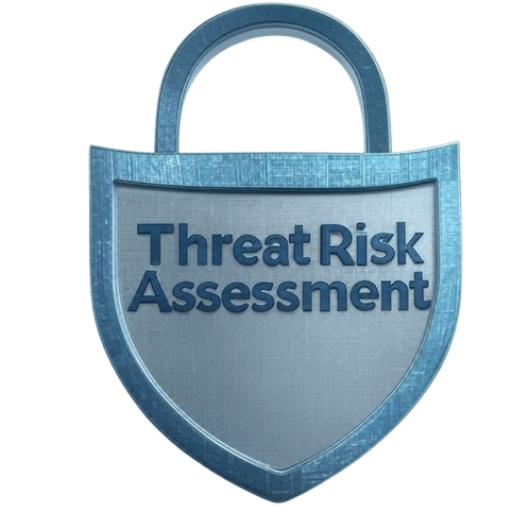In today’s competitive business environment, Threat Risk Assessment has become a critical component of strategic management. Companies are increasingly facing cybersecurity threats, operational risks, and strategic uncertainties. This is where Threat Risk Assessment comes into play, helping organizations detect potential dangers in advance and take necessary precautions.
Core Components of Threat Risk Assessment
Threat Risk Assessment is a systematic and comprehensive process of evaluating potential threats an organization might encounter. This process allows companies to identify their vulnerabilities and develop proactive risk management strategies.
Risk Identification Process
The first step of Threat Risk Assessment is the comprehensive identification of potential hazards. This process includes the following key elements:
- Identifying Threat Sources
- Analyzing Systemic Vulnerabilities
- Assessing Potential Impact
Threat Risk Assessment Methodology
An effective Threat Risk Assessment requires a detailed and structured approach. The fundamental steps for a successful Threat Risk Assessment implementation are:
- Creating a Risk Inventory
- Classifying Risks
- Determining Impact Levels
- Developing Mitigation Strategies
Threat Risk Assessment in Technological Infrastructure
In the digital transformation era, Threat Risk Assessment is an indispensable element for technological system security. As cybersecurity threats continuously evolve, Threat Risk Assessment methodologies must adapt to these changes.
Cybersecurity Perspective
Threat Risk Assessment is at the center of modern cybersecurity strategies. Companies leverage Threat Risk Assessment tools to detect risks ranging from data breaches to financial losses in advance.
Strategic Risk Management
Comprehensive Threat Risk Assessment enables organizations to:
- Anticipate potential risks
- Develop robust defense mechanisms
- Minimize potential financial and reputational damages
- Create resilient business models
Implementation Challenges
While Threat Risk Assessment offers numerous benefits, organizations often face challenges in its effective implementation:
- Complex technological landscapes
- Rapid technological changes
- Resource constraints
- Lack of specialized expertise
Future of Threat Risk Assessment
As businesses become more interconnected and technology-dependent, the role of Threat Risk Assessment will continue to grow. Emerging technologies like artificial intelligence and machine learning are expected to revolutionize Threat Risk Assessment methodologies.
Conclusion
Threat Risk Assessment is not just a compliance requirement but a strategic imperative in the modern business world. Organizations that invest in robust Threat Risk Assessment frameworks will be better positioned to navigate the complex and dynamic risk landscape.
